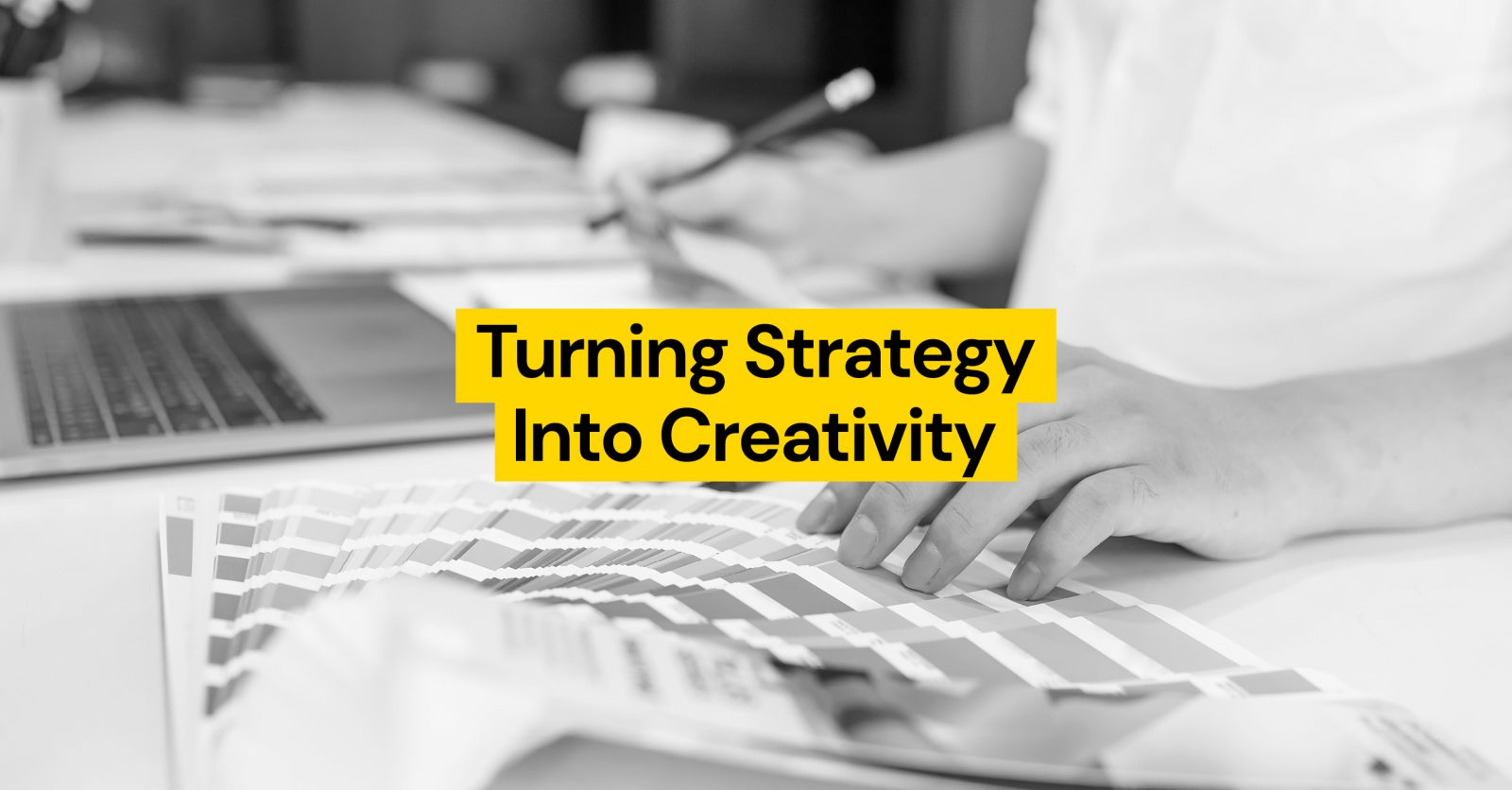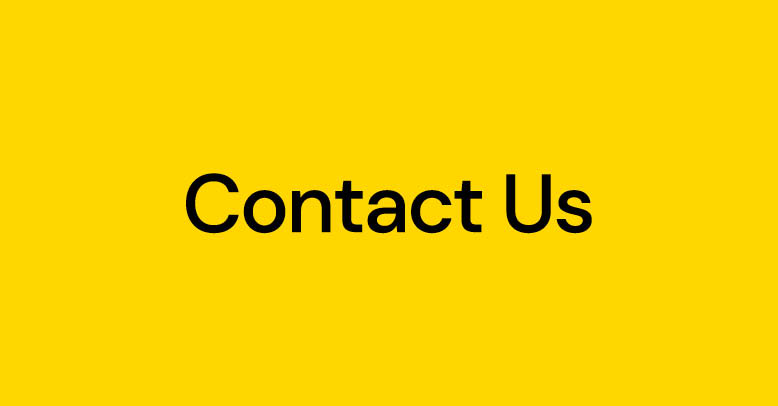So you’re thinking of holding a strategic brand review. Something has changed in your business, your organisation has new goals or your audience’s needs have evolved, so you need to react and a brand review is the natural next step.
A procession of agencies have presented their approach to you, all involving some research and some strategy, but then comes the mysterious “creative” stage, a seemingly magic leap where strategy becomes creativity, where a brand platform becomes a brand identity. You’ve got a handle on the other stages, you know how to guide and shape them, how to get the best out of them, but how do you do the same with a process that can’t quite be pinned down?
Adam, Head of Creative here at rbl, has three pieces of advice:
Work with the right people.
The right people means different things for different projects, but when picking the creatives you want to work with remember that generally speaking they fall into two categories: problem-solvers and self-expressionists.
Problem solvers pick over a strategy at depth, look at the big picture, and consider the audience needs. Then they solve the problem of your brand by trying to make all these pieces fit together. Self-expressionists see the world through their own lens, they have an intuitive feel for what the world needs, and they will deliver a brand from that frame of reference.
There is nothing wrong with self-expressionism. Many of the biggest names in branding and advertising are self-expressionists but what you get will be a version of what they do. If what they do is hot right now this can be a huge advantage but it can also leave you looking like a me too brand.
True problem solvers should be able to tell you how they solve a problem, so ask them. Different creatives will work in different ways, but they will all have developed their own methods, tricks and skills to answer a creative challenge. A problem solver will want to involve you on the process as your buy-in is important to them – if you let them take the lead, they will take you on a journey to find the essential truth at the heart of your brand and add value to your customers, the market and the wider world.
Put subjectivity to one side.
The problem with design is that everyone thinks they can do it. The problem with designers is they worry about everyone trying to design. This happens when the process is allowed to be subjective. A good problem-solving creative will remove as much of the subjectivity as they can by referencing their work back to the insight and strategy phase which produced the creative brief, and by involving you in the process throughout.
This doesn’t mean they should ask you to draw your version of the logo, but, involvement can take many shapes; from workshops that help shape the strategy to co-creation sessions generating directions for the identity. Or it can be as simple as demonstrating a clear development process with a structured approach to feedback that keeps you, the client, at the heart of the project.
Trust in good when you see it.
When was the last time you heard about a brand launch and everyone was talking about how wonderful it was? We humans just don’t work that way, we are creatures of habit and anything that changes the comfortingly familiar makes us uneasy.
So prepare yourself for the shock of the new – remind yourself of the strategy you’ve put in place and ask yourself, will this help me reach my objectives? If the answer is yes then the change anxiety you’re feeling may just be the positive change your business needs. As one of our recent clients said to us, if you feel comfortable with the work the first time you see it, it’s not pushing you hard enough.
Check out our related blog posts below:



